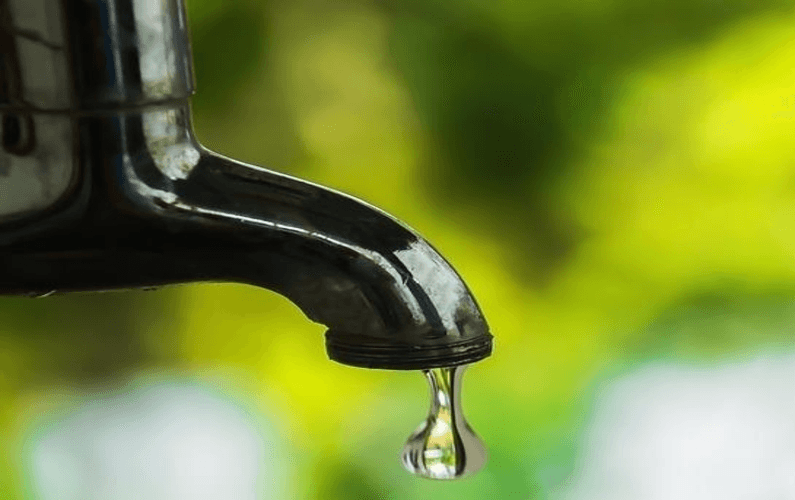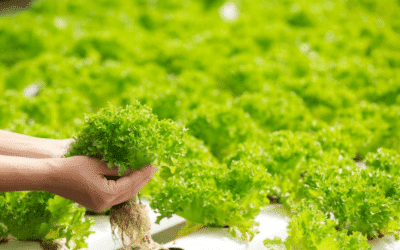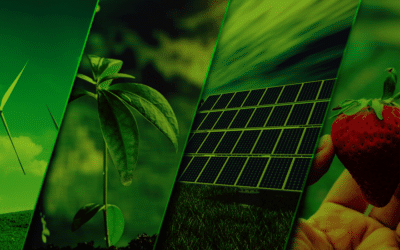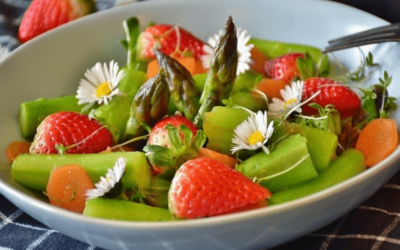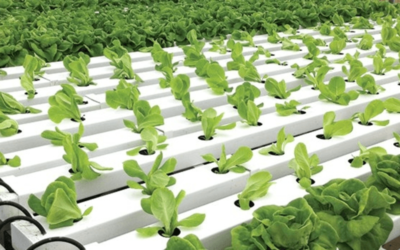There is lots of advice out there on how to cut down on your water usage and save money on your water bill. But why deprive yourself of water simply to save a few Rand? We’ve come up with four ways to save money without having to cut down on your water.
Plant indigenous plants in your garden.
When a garden is filled with indigenous plants, you will barely need to water or maintain it throughout the year. Indigenous plants can withstand the hot summers, while still staying green during winter months. Imagine having to almost never water your garden except in drought months!
Awareness is increasing regarding trees and plants that are not indigenous. These plants are often referred to as invaders. Invader plants have a way of stifling the growth of native plants by:
- Stealing moisture during dry seasons
- Taking up space and crowding other plants
- Self-seeding prolifically, not giving other plants a chance
- Growing elaborate root systems that cannot be unearthed
- Not adding any benefits to animals such as birds and insects
Another aspect to having these plants in your garden is the maintenance. Many of them steal moisture from your soil—meaning you are forced to water your garden more regularly to ensure the survival of indigenous plants. You will be required to trim these plants regularly to ensure they don’t take over. Worst of all, when seeding takes place you are left with hundreds of weeds.
The benefits to having a purely indigenous garden are many. Here are a few reasons we planted them in our homes:
- Indigenous plants work well together. Because they are indigenous, they benefit each other; coexisting in a way that cannot take place with other plants.
- These plants are more likely to stay green all year round. They don’t mind harsh climates, as they have already adapted themselves to our weather conditions.
- Maintenance such as watering, trimming and shaping is minimal with indigenous plants. They work well together to create unity within your garden—without much effort from people.
- Indigenous plants also bring life to your home. Because they house birds, insects and small animals, your garden will soon become its own little ecosystem. Another reason why working WITH nature is so much better!
So it’s not only about saving water—it’s also about all these other benefits. Now let’s look at another way to save water…
Harvest rainwater for everyday cleaning
Installing a rainwater harvesting system on your property is an excellent investment. Rainwater is not fit for drinking, bathing or showering; but it can be used in almost any other capacity in your home. Use rainwater to flush your toilets, washing machine and your outside taps. In fact, any cleaning can be done with harvested rainwater which has been coarsely filtered.
Many people wonder whether rainwater is clean enough to use in the home. The answer is, YES! Basic rainwater collection tanks are perfect for watering your garden. But if you want to take it one step further, then a rainwater filtering system is excellent.
These systems perform three major functions:
- First of all they collect rainwater more efficiently than regular surface mounted tanks. That’s because they are installed in strategic positions which maximise collection potential.
- Second, these systems perform general coarse filtering of your water. This takes place by extracting the water from just above the surface—thereby giving you the cleanest portion.
- Finally, these systems go one step further by distributing the water to certain areas of the home. This includes the toilets, the washing machine and the irrigation system for your garden.
That’s right. If you can get your rainwater tank connected to your plumbing, you can even use it for toilet flushing! This is a system that is usually pre-installed in a ready-built green home; but if you plan on staying in your home for years to come, there’s no reason why you can’t install such a system in your current home.
As mentioned, unfiltered rainwater is not fit for consumption. But some would argue that tap water isn’t either. So why fill your water filter with tap water when rainwater is free? If it’s available and accessible, you may as well use what nature has already given you free of charge! Since most of us use water filters/coolers in our homes, there’s nothing wrong with filtering your rainwater for the purpose of consumption. Simply access your water at the source, collect it in a jug, and fill your water filter. Within a few hours you will have perfectly clean drinking water that didn’t cost you a cent!
Now you may be wondering about the price. What does rainwater harvesting cost? How hard are these systems to maintain?
Although decent rainwater harvesting systems cost a bundle, they provide a return on investment that far surpasses their initial cost. This is a viable long term option for homeowners who want to save on their utility bill.
Maintenance on rainwater harvesting systems is minimal. These systems are designed in such a way that they run themselves. And because there are no complicated mechanics to how they work, they won’t breakdown or malfunction.
Reduce the need for running your taps unnecessarily
Plumbing has slowly evolved over the decades. Today we have awesome systems which will help you save on your water bill. Although these savings are small at first, accumulatively they make a massive difference.
One such system is a heat pump. Heat pumps work in conjunction with three other systems which keep your hot water warm within the pipes. These include:
- Hot water pipe insulation
- Insulation of the tank to negate the need for constant heating
- A linked loop plumbing system to prevent waste
We’ll look at each of these aspects more closely. But first, let’s explore how having hot water immediately on tap ultimately saves water.
You may be surprised to learn how much water is wasted while you wait for it to warm up. Conventional plumbing systems allow water within the pipes to cool down within minutes of your previous use. So every time you need hot water, you have to run your hot water tap for about 15 seconds or more before it warms up.
This wastes A LOT of water! Collectively, litres and litres of water are lost. That’s literally money down the drain.
So let’s now look at the three factors that help you save money on your water bill:
- Hot water pipe insulation
When hot water flows through pipes, insulation keeps it warm. Insulation material is wrapped around pipes to ensure heat is not lost while the water sits dormant inside. This ensures that hot water is immediately accessible whenever the hot water tap is turned on.
- Insulation of your water tank
In addition to the pipes being insulated, the tank needs to retain its temperature too. By keeping the water tank insulated, water does not require constant heating. Electricity is saved and so is water—because again, you don’t need to run your tap to get to the hot water. It’s already there!
- Linked loop plumbing
A linked loop plumbing system is another practical way to keep hot water accessible throughout your home. This again negates the need for running water to get it to the desired temperature. Linked loop plumbing ensures that water is always warm, always accessible no matter where you are in your house.
Use reputable green vendors to fit your plumbing systems
As with all industries, the green home industry is rife with low quality materials and installers. That’s why it’s important to find reputable vendors when looking into these systems. Yes, you will pay a little more. But rather that than having to worry about problems down the line.
Here are some you may hear about:
- Leaking pipes
Leaking pipes may cause you unimaginable problems later on. Because these pipes are built into walls, floor and ceilings, they need to be of a very high quality. Low quality pipes will leak after a few years and breaking down your home to repair them is simply not worth it. And even if you don’t realise you have a leak, your water bill will be ridiculously high despite your attempts to save on water usage.
- Cheap insulation material
We’ve already seen how insulation of pipes and hot water tanks can save money on your water [and electricity] bill. But if that insulation material comes loose, it’s function is lost. Additionally, if the wrong type of material is used, your insulation won’t be as effective.
- Poor installation
When a green plumbing system is not fitted correctly, it will not perform as well. If it’s not performing the way it should, it’s not saving you money—and is therefore a useless addition to your home.
- Cheap brands
Green home components should come from reputable green suppliers. There are countless cheap brands out there and many installers use these brands—choosing price over quality. Do a bit of research before you get an installer out and make sure they know their brands.
Don’t be discouraged by these possible problems. Fortunately there are companies that are serious about delivering a high quality service.
These water saving strategies are probably very different from the ones you’re used to reading about. And while they are unconventional methods, they are super effective in giving you a return on your investment.
If you’ve never considered green features as a way to save on your water bill, then now’s the time to look into it. As green home development increases, more and more of these methods will be implemented. Accumulatively, when water is saved, it has a huge impact on our planet.
It also has a positive effect on the economy since everyone benefits when water is saved! So, for saving on your pocket, your planet and your peace of mind; implement these systems wherever you can and save our most precious resource.

